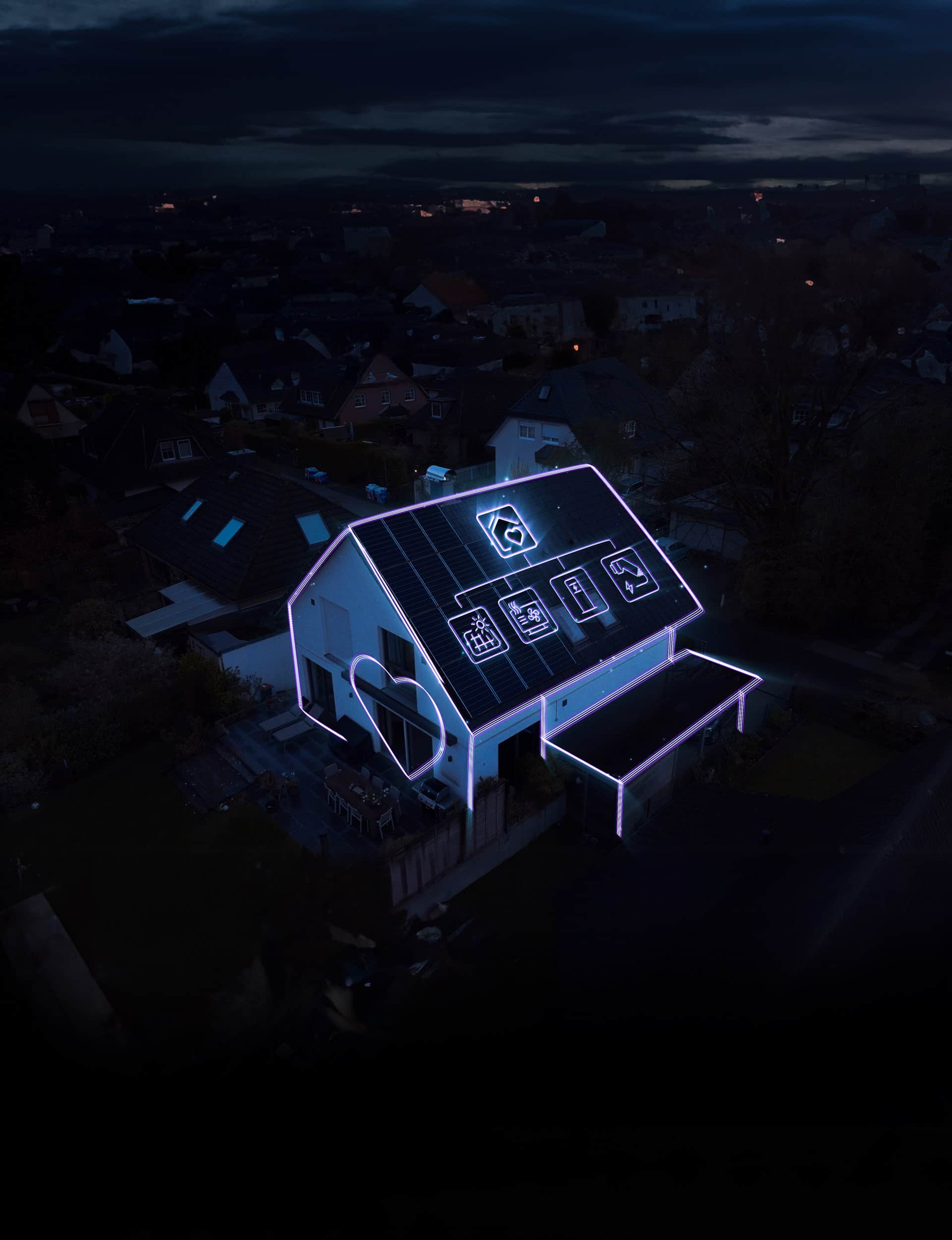
Your Guide to the NSW Solar Rebate in 2025
The solar rebates have decreased this year and will continue to decrease until it ends in 2030. The sooner you install your solar power system, the higher the rebates and the more money you can save so don't wait too long, enquire with our team today and we'll discuss energy efficient solutions suitable to your needs.
Key Takeaways:
NSW Solar Power Rebates: financial incentives available for NSW residents to install solar power systems, including rebates and schemes aimed at reducing upfront costs and encouraging the uptake of clean electricity.
Who? These rebates are primarily aimed at homeowners and small businesses in New South Wales who are looking to adopt renewable energy solutions.
Eligibility Criteria: To qualify for the rebates, applicants must meet specific criteria, such as household income limits and system size requirements.
Solar Savings: there is a greater value placed these days on self consumption, reducing the overall amount of energy you draw from the grid. Changing your energy habits can help you maximise your savings.

Contents
Here's what we'll cover in this article:
As we step into 2025, investing in solar power in NSW has never been more compelling. The solar energy market is evolving, and with system prices on a downward trajectory, there's an added incentive for homeowners to embrace clean energy solutions.
In this blog post, we'll delve into NSW rebate for solar, focusing on the two primary financial incentives available for eligible households. The Small-scale Technology Certificates (STCs) and the Feed-in Tariff play crucial roles in making solar power not only environmentally friendly but also economically advantageous.

Small-scale Technology Certificates (STCs)
Small-scale Technology Certificates (STC's) - previously known as Renewable Energy Certificates or RECS – are created when a Renewable Energy System such as a Solar PV system is installed and are used to reduce the upfront purchase price.
The number of STCs depends on the predicted amount of energy generated and hence the larger the system, the greater the rebate. In essence, one STC is created for every megawatt-hour of production capacity of the system.
STC Price
The system for trading and pricing STCs for small systems is managed by the Small-scale Renewable Energy Scheme (SRES).
STCs are bought by Liable Parties (usually electricity retailers) and must be surrendered at the end of each quarter. As the number of STCs that are required to be surrendered is a fixed amount each year, but the number of STCs created is variable, the price paid for STCs also varies and is determined by supply and demand.
The Federal Government legislated in 2010 a fixed price for STCs by implementing a Clearing House system where STCs can be bought and sold for $40. However, there is no requirement for Liable Parties to purchase from the Clearing House, so they are likely to only do so if there is a shortage of STCs or the market price exceeds $40. There is currently a surplus of STCs in the market which means the market price of STC’s below $40.


Claiming STCs
There are two ways to claim your STCs: either by assigning them to a registered agent, such as your chosen solar company, who will offer you an upfront discount or a cash payment, or by creating and selling them yourself through the REC Registry or the STC clearing house.
The majority of customers choose to assign their STCs to us as it is a simpler and faster process than trading them independently.
The STC scheme is a great opportunity for homeowners to reduce their carbon footprint, save money on their electricity bills, and support the transition to a clean energy future. However, the scheme is not permanent, and the number of STCs that a system can create will gradually decrease over time, until the scheme ends in 2030.
This means that the sooner you install a small-scale renewable energy system, the more STCs you can create, and the more money you can save.

The 1KOMMA5° Full-Black Solar Panel
Thanks to the latest TopCon technology, the high-performance panels from 1KOMMA5° achieve maximum efficiency with a minimal carbon footprint.
With a 25-product and 30-year performance guarantee direct from Germany's 1KOMMA5° Technology GmbH, you can be sure that your investment in an environmentally friendly future is secure for the long term.
Panel quality is regularly tested by the Fraunhofer Institute in Freiburg.

Feed-in Tariff
The solar feed-in tariff is the amount of money that your electricity retailer pays you for each kilowatt-hour (kWh) of solar electricity that you export to the grid. This is different from the retail price that you pay for the electricity that you consume from the grid, which is usually higher than the feed-in tariff.
The solar feed-in tariff is not regulated by the government, but set by the retailers themselves. However, the Independent Pricing and Regulatory Tribunal (IPART) publishes a guide every year on the value of solar exports, based on the forecast wholesale price of electricity.
Solar Feed-In Tariff Guide 2025
IPART forecasts that the value of solar exports will be 7.7 to 9.4 cents per kWh. For example, if you have a 5kW system and you export all of the power to the grid on a typical Sydney day, you will receive a credit of approximately 20kW/h x 8c = $1.60.
This range is an increase from the previous year, when the guide was 6.2 to 10.4 cents per kWh. The reason for the increase is mainly due to the higher wholesale prices of electricity, which have been driven by the war in Ukraine that has affected the supply of gas and coal, and the disruptions in several large coal-fired power plants.
However, IPART's guide is not binding, and retailers are free to offer feed-in tariffs above or below this range. Some retailers may offer higher feed-in tariffs, but with certain conditions, such as a daily cap on the amount of solar exports, or a requirement to purchase a solar system or battery from them. Other retailers may offer lower feed-in tariffs, but with lower retail prices or other benefits. Therefore, customers need to consider the entire energy plan, as well as their electricity consumption and solar exports, when comparing offers.
Maximising Solar Savings
The benefit of a solar system is no longer in the feed in tariff, but rather in reducing the amount of power you buy from the grid. You want to avoid paying the higher retail price for the electricity that you consume and save more money than what you would get from exporting your solar electricity.
This is why it is vital to speak with one of our consultants to help you size up a system to reflect your daily energy patterns. Time of day metering is now being rolled out across the Ausgrid network, which means that during the peak period between 2 pm and 8 pm, you will be saving close to 52c for every kWh of solar power your system generates. System prices continue to fall, and coupled with the federal government’s STC incentive there has never been a better time to buy a solar system for your home.
Whether you already know what you're looking for or just starting your solar journey, request your free personalised quote below and our team will provide you with all the information you need to get started.

More Helpful Articles:

1KOMMA5° Blog
Need more information?
Head over to the 1KOMMA5° blog for more helpful tips and other important guides on everything solar, from inverters, panels and batteries to how to make the most of your investment for years to come.